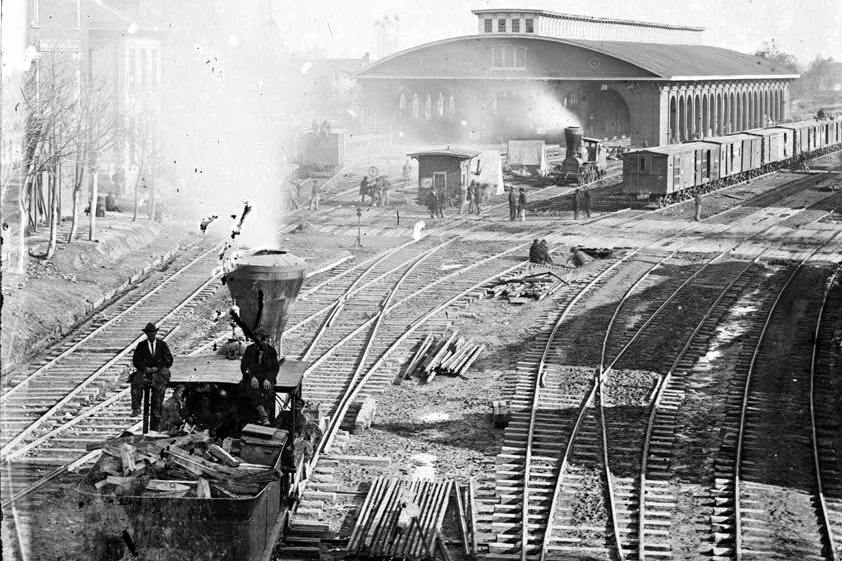Railroads have played a pivotal role in shaping the history and development of Georgia. From the days of early transportation methods to the state’s rapid industrialization, railroads contributed significantly to Georgia’s growth. The invention and expansion of railroads in Georgia not only connected its major cities but also played a vital role in fostering trade and commerce. In this article, we’ll explore when railroads were introduced to Georgia and the profound impact they had on the state’s economy, infrastructure, and society.
Early Transportation in Georgia
Before railroads, Georgia’s transportation system was limited to waterways and dirt roads. While rivers such as the Savannah and Chattahoochee were important for trade and movement, they were often unreliable due to seasonal changes in water levels and flooding. The reliance on roadways was also cumbersome, making transportation slow and expensive.
This posed significant challenges for Georgia’s economy, which was based heavily on agriculture, particularly cotton production. The need for an efficient transportation system was evident, and railroads would soon provide a solution.
The Birth of Railroads in Georgia
The introduction of railroads to Georgia can be traced back to the early 19th century. The first major step came on December 20, 1833, when the state chartered the Central Railroad and Canal Company of Georgia. The company’s goal was clear: to build a railroad that would connect the port city of Savannah to the interior of the state, allowing for quicker transportation of goods and people.
By 1838, just five years later, the first 26 miles of the railroad were completed, linking Savannah to the city of Macon. This marked the beginning of railroads in Georgia, opening up new opportunities for trade and expanding the reach of Georgia’s agricultural economy.
Expansion and Development of Georgia’s Railroads
The success of the Central Railroad quickly led to the expansion of railroads throughout Georgia. Over time, the Central Railroad grew into the Central of Georgia Railway, extending its reach across the state. One of the most significant projects was the construction of the Western and Atlantic Railroad, which connected Georgia’s capital, Atlanta, to Chattanooga, Tennessee.
This railroad project was crucial in the development of Atlanta, which was founded in 1837 as a transportation hub. The construction of railroads helped establish Atlanta as Georgia’s economic and commercial center, a position it still holds today.
The Impact of Railroads on Georgia’s Economy and Society
The expansion of railroads had a profound effect on Georgia’s economy. Railroads allowed for the efficient transportation of goods such as cotton, timber, and agricultural products, which were essential to the state’s economy. The railroad system also facilitated the transportation of people, encouraging settlement in previously inaccessible areas of Georgia.
The construction of railroads also spurred industrial growth in Georgia. Factories, mills, and manufacturing plants began to emerge along the railroad lines, creating jobs and contributing to Georgia’s urbanization.
During the Civil War, railroads played a strategic role. The transportation network allowed for the rapid movement of troops, supplies, and equipment, which was crucial in the conflict. The importance of railroads in Georgia was further emphasized during the infamous “Sherman’s March to the Sea,” where Union forces targeted railroad infrastructure to disrupt the Confederacy’s supply lines.
Conclusion
The advent of railroads in Georgia marked a turning point in the state’s history. Beginning with the completion of the Central Railroad in 1838, the railroad system rapidly expanded, transforming Georgia into an economic powerhouse. Railroads facilitated trade, industry, and settlement, and even played a critical role during the Civil War. Today, Georgia’s railroad heritage is still visible in its infrastructure and continues to contribute to the state’s growth and development.
Understanding the history of railroads in Georgia is not just about tracking the growth of transportation technology; it’s about recognizing the critical role railroads played in shaping the state’s economic and social landscape. The legacy of Georgia’s railroads endures, making them an integral part of the state’s identity.










